

Equipping Health and Fitness Professionals
Get the next issue in your inbox.
- Have more freedom
- Make more money
- Help more people, better
- Improve your social media



Become the Obvious Choice
Trying to win the internet is a gloriously inefficient way to build a business.
Forget becoming an influencer. Just because you can sell to the world, it doesn’t mean that you have to––and it’s definitely not where you start.
Building a business and becoming an online entertainer are different games people play––neither’s better or worse but problems arise when you conflate the two––playing by the rules of one and desiring the rewards of the other.
It’s not about being the best choice for everyone. It’s about being the obvious choice for the right people.
Whether you’re new or you’ve been on this journey for years, I want to show you all the ways you can succeed on your own terms: without compromising personal relationships, wellbeing, and your quality of life.
Here’s what I mean:
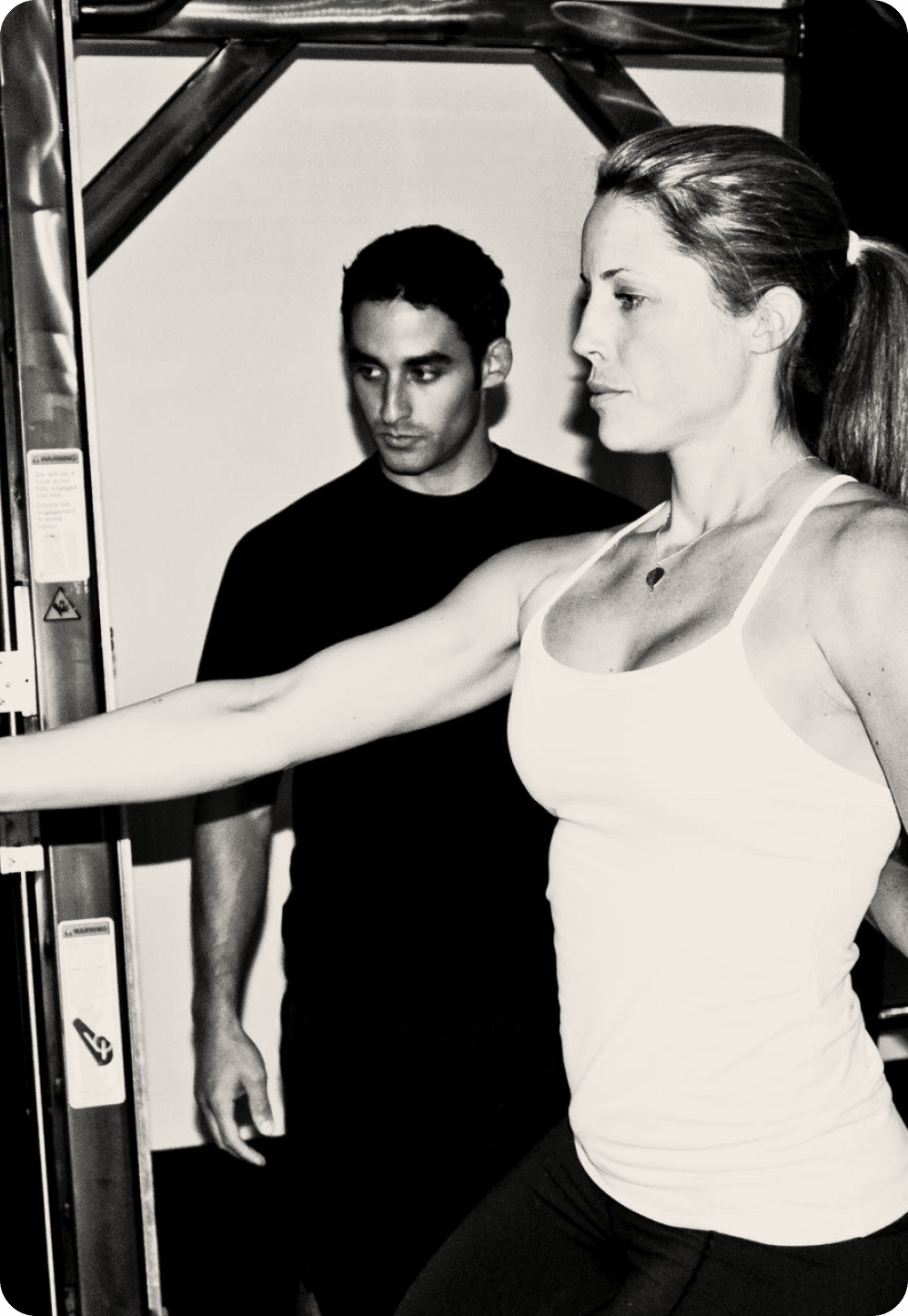

The industry’s saturated

There’s more opportunity than ever!
Competing with $$Billion$$ companies

Elevate your brand (for free.)



Impress Your Clients and Grow Your Business





How I can help you avoid burnout and reach new heights

I never tried to be an overnight success. I never added “marketing guru” or “social media personality” to my resume. Honestly, I walked a more obvious path, and that road led me to where I am today.
Our industry is beautifully-flawed. Unfortunately, many of my colleagues have already burned out and failed, exciting fitness, leaving their passions behind. They never got the tools and guidance that they needed. And as social media turned into the overcrowded influencer machine it is today, I’ve watched even more people sprint down the same road with no end in sight. It sucks.
So, I’ve dedicated this phase of my career to helping you make more money, have more freedom, and help more people. This site is full of free and paid resources from 1,500+ free articles, to a top-ranked podcast, to free professional personal trainer software, to paid business mentorship.
Exploration is my guiding principle. From world travel to exploring business ventures, there's no one best way. Instead, it's up to us to find our way of living and working. And I hope what you find here helps you on your journey to finding yours.
Explore the Best Books for Personal Trainers


Ignite the Fire
Ignite provides a clear road map to building your career from the bottom up so you can find more clients, build your reputation, and make more money.
Muscle & Fitness called it "A look at personal training that goes beyond the textbooks." and Livestrong rated it as one of the 21 Must-Read Health, Fitness, and Nutrition Books.
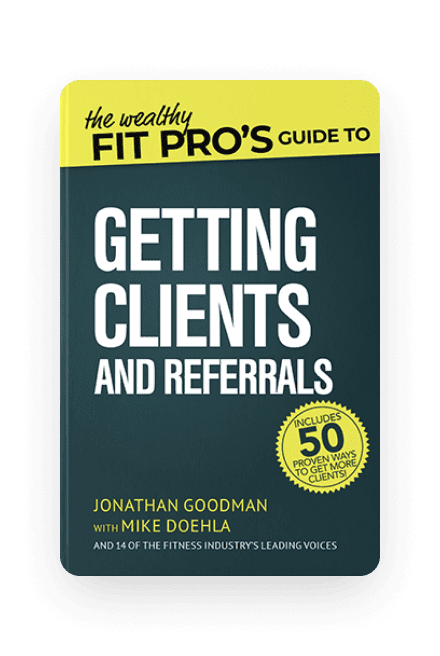
Getting Clients and Referrals (Wealthy Fit Pro Guides)
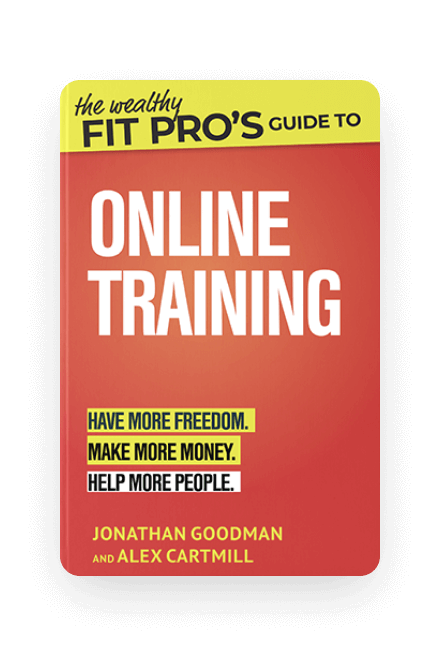
Online Training
(Wealthy Fit Pro Guides)
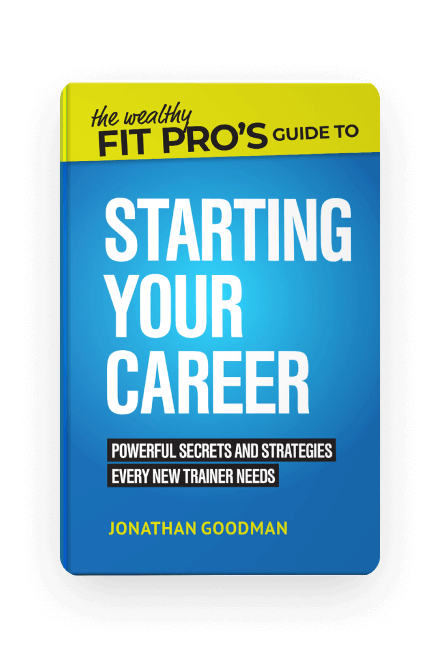
Starting Your Career
(Wealthy Fit Pro Guides)

Viralnomics: How to get people to want to talk about you

Highly Wealthy Online Trainer
Two-Book Box Set

Adventure, Adventure
Awaits For Us All
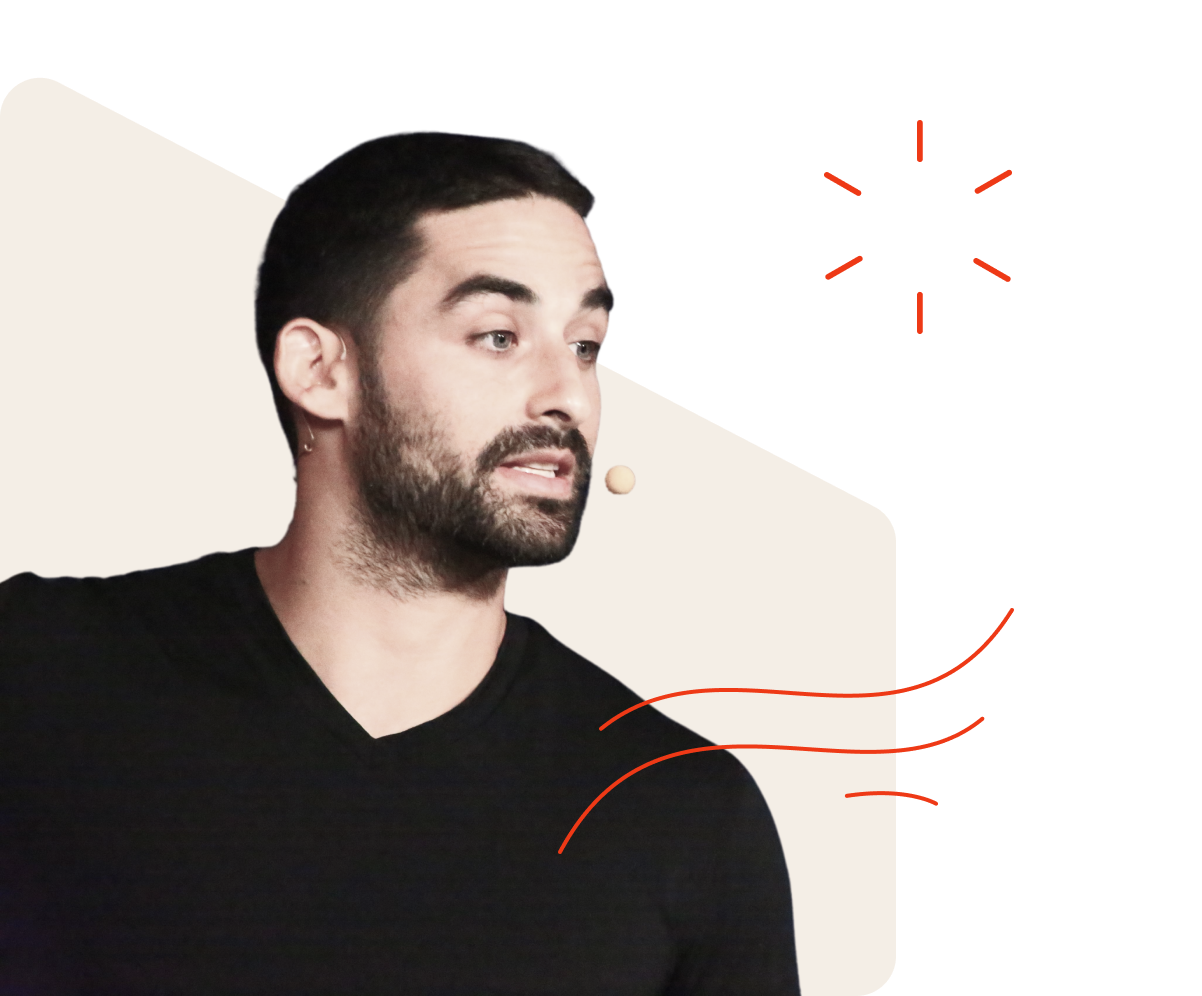
Financial Freedom for Online Trainers

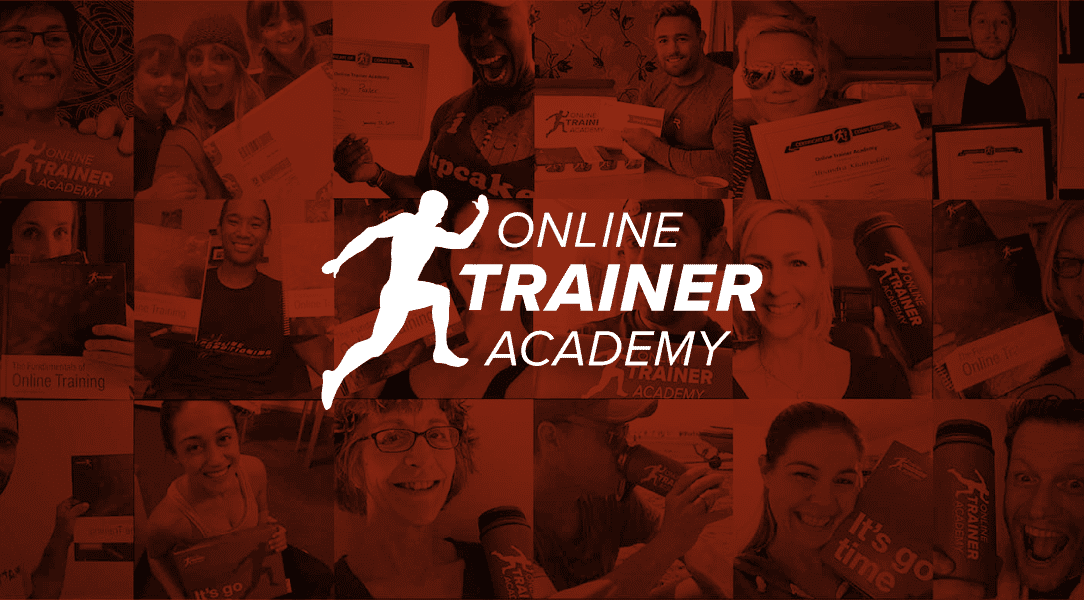
Do it Yourself
- Learn how to get clients and take great care of them
- Become setup perfectly for growth.
- 100% self-paced with group support + an option for personal phone coaching.
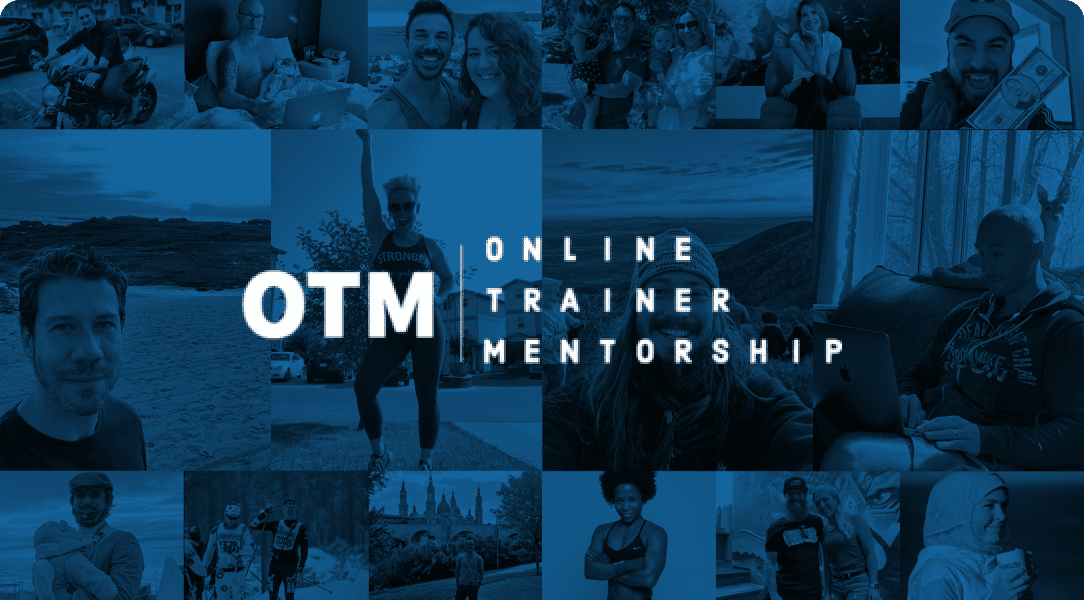
High-level mentorship
- Change more and deliver a premium service.
- Reach and help more people.
- Includes both personal coaching and group workshops.
Phone Consulting
- Identify gaps in your client care
- Improve your retention
- Supercharge your team and growth
Over 100,000 trainers, nutrition coaches, gym owners, and fitfluencers have already bought books, mentorship, or software from us!

























